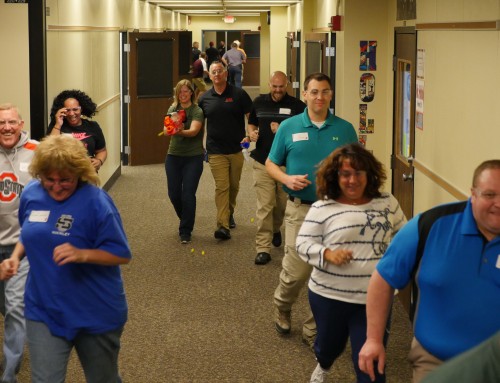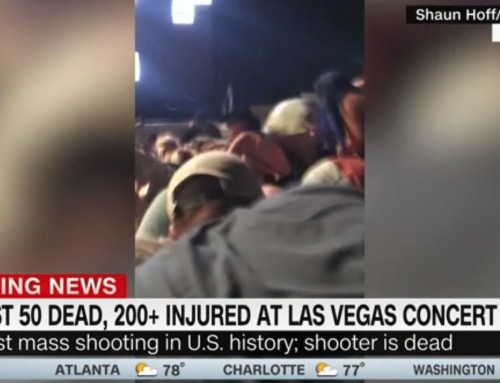Well, it has happened again. Just a matter of days after the 20th anniversary of the Columbine tragedy, 2 more schools have had to deal with a shooter in their midst. There are both some consistencies and inconsistencies in these new events versus the Columbine event, and I believe these speak loudly to the change that has taken place in safety planning and the survival mindset, that comes from training and practice.
Similarities Between These Attacks
First the similarities. In both the UNC-Charlotte and STEM High School shootings, the shooters came from within. Same with Columbine. This fact is extremely important when so much discussion focuses on perimeter and building security as being a key component to safety within the building. In all of these cases, the bad guys were one of them. No physical target hardening was going to keep them out. The attackers belonged there.
In all cases, the “ALERT” of the shooting, was shots fired. There was no notice for those in direct contact with the shooters that trouble was on the way. It manifested without warning. No time to come up with a response plan, no time to put security and safety procedures to work. There was one option: Action!
The final similarity is that in all the events, students did act.
Differences in Outcomes
However, a difference in their actions yielded very different outcomes. In the Columbine library where most of that day’s tragedy occurred, students followed the traditional lockdown protocol as they had trained and practiced. They assumed a low-profile position, kept quiet, and waited for law enforcement to arrive and take care of the problem. A very easy action plan, that did not adequately provide them with an appropriate response given their circumstances. The outcome was tragic. Those lost will forever be remembered. But I often hear them remembered as victims. Many of us have now spent many years trying to reduce the number of folks we will remember as victims.
The recent events have seen a dramatic change in the outcome, through a significant change in the action taken by those in contact with the threat. Riley Howell at UNC and Kendrick Castillo at STEM lost their lives during these events. Reliable witness testimony tells us that in both cases, these brave young men acted aggressively in their attempts to disarm and control the shooter. While both men were tragically killed, witnesses say without hesitation that these men are heroes and both provided others with the opportunity to escape, or in the case at STEM, gave others the ability to swarm and control the shooter. You will note that these individuals are referred to as heroes, not victims. The total fatal casualty outcome at UNC and STEM combined as of this writing is 3. Columbine suffered 13 fatalities. While every loss of innocent life is a tragedy, these outcomes are a positive improvement. A win for good folks over those with very evil intentions.
Conclusion: Students are Empowered to Act in the Face of Violence
Yet I’m sure in the coming days we will hear, as we always do, from the self-appointed experts who will say that students should not be prepared to act in their own survival. I’ve heard reasons given by these clowns such as “students’ brains have not developed,” or “they will make the wrong decisions and attack when they should not.” To question students’ ability to respond to violence undermines these student heroes who have already proven that they can act. Try to tell Jake Ryker he couldn’t do it… you’ll probably be on the floor. Just like the shooter in Jake’s cafeteria found himself, in 1998. The experts’ statements are purely based on their opinions. They don’t know these people from Adam. They have surely not tested the cognitive level of those under attack, and who is to say what is the right decision based on someone else’s perspective. My perception, not yours, is my reality. You do what you feel you need to do in a moment of stress, duress, and danger, and I will do the same.
The time for further discussion regarding the efficacy of proactive, options-based response plans is over. It is not fair that students have to be prepared for these situations, but the reality is that these events keep happening and are increasing in frequency. We must provide them with proactive survival options for when they are in immediate contact with a threat. Students have proven capable of making survival decisions and it is our job to make sure that as many people as possible are trained in these critical survival strategies.
Those who continue to push for passive and static responses need to be asked one simple question: “Besides sitting on the floor, what do you want the kids to be trained to do when the shooter is in the room and shooting at them?” They don’t have a good answer.






